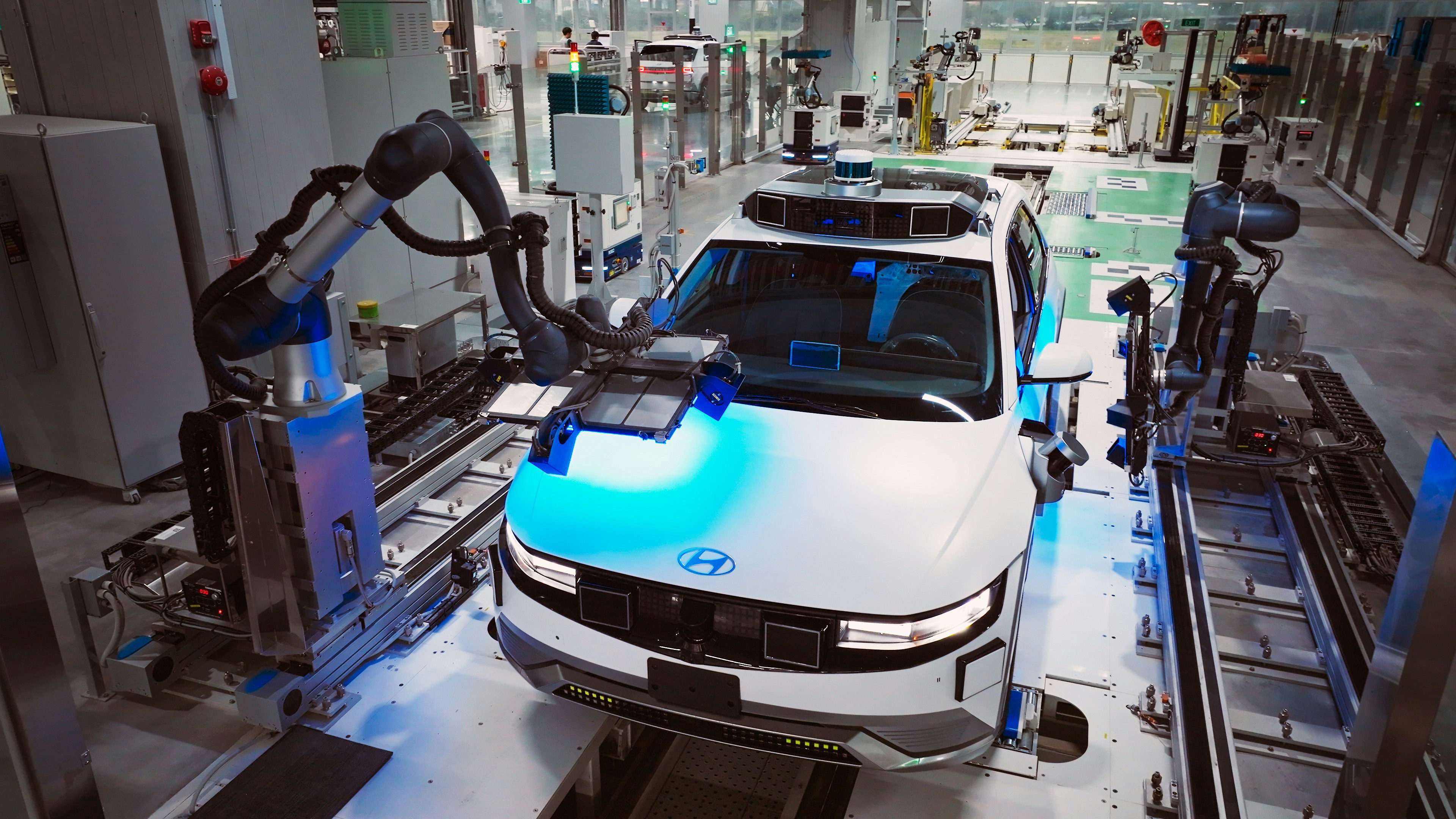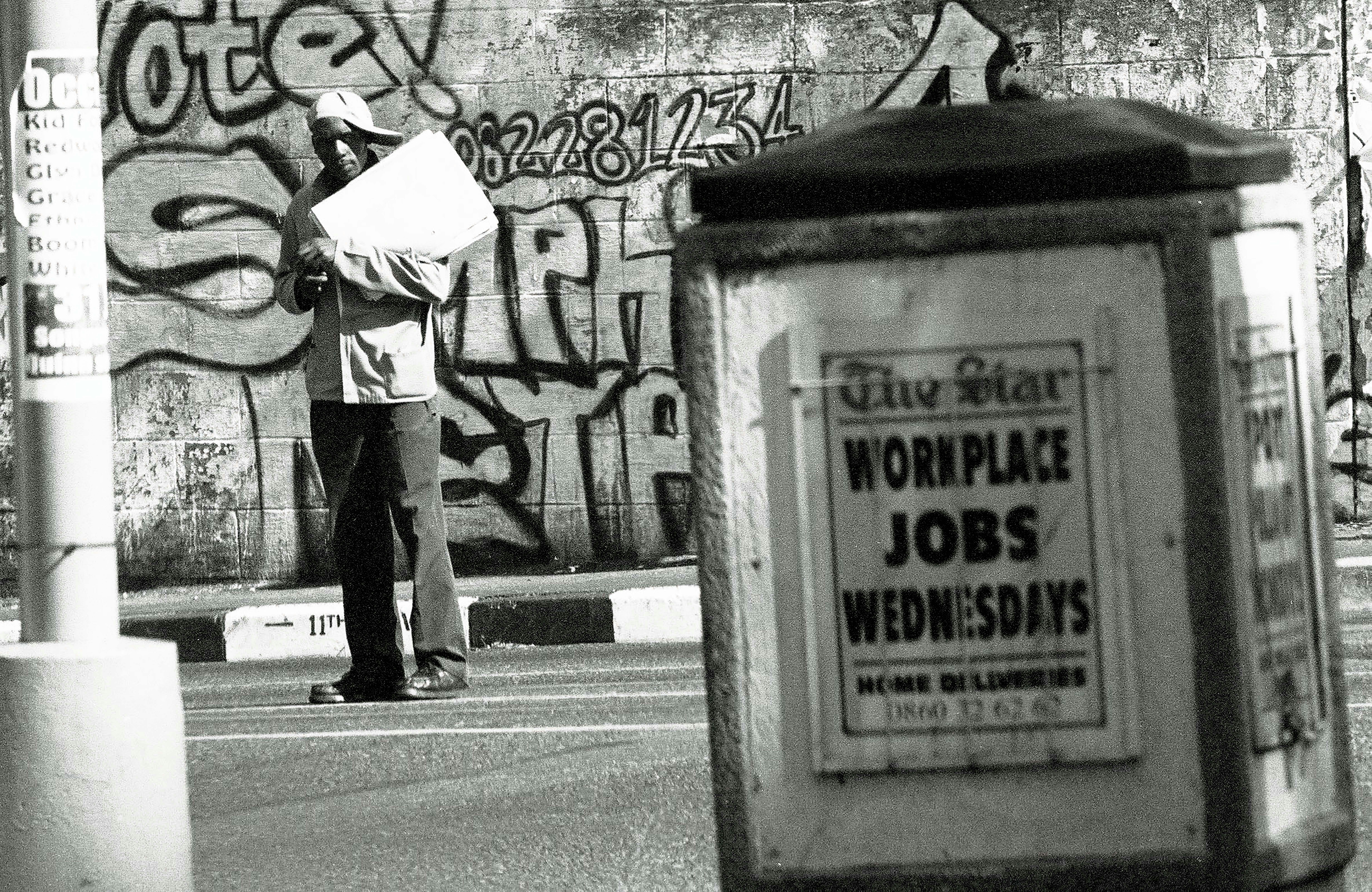In case your automotive broke down two years in the past, it most likely grew to become a much bigger drawback than you bargained for.
A confluence of forces had been responsible: The Covid pandemic disrupted provide chains, pushing used automotive costs to document highs and making spare elements laborious to get; out-of-practice drivers rising from lockdowns induced extra extreme wrecks; and technological developments like movement sensors made even the only elements, like a fender or a rim, costly to exchange.
Issues have since improved for automotive homeowners — besides on the subject of insurance coverage payments. Automotive insurers are nonetheless elevating costs steeply: The worth of motorized vehicle insurance coverage rose greater than 22 % within the 12 months by March, the quickest tempo because the 1970s, in accordance with the Bureau of Labor Statistics. Based on calculations by the Insurance coverage Info Institute, a commerce group, the common 12-month premium for automotive insurance coverage was $1,280 in 2023, the trade’s most up-to-date figures.
12 months-over-year change in Shopper Value Index measures
That has made automotive insurance coverage a distinguished issue stopping general inflation from cooling extra rapidly, which might pressure the Federal Reserve to maintain rates of interest larger for longer at the same time as the costs for a lot of different important items and companies have slowed.
Geico lately reported a giant bounce in quarterly revenue on larger premiums and decrease buyer claims. The share costs of different huge auto insurers, like Allstate and Progressive, have crushed the rise within the general market this 12 months.
That has attracted scrutiny from economists. A key cause automotive insurance coverage prices are rising so quick proper now has to do with how the trade is regulated.
How does insurance coverage regulation work?
Insurers are regulated by the states, not the federal authorities. In all 50 states, insurance coverage firms should comply with particular guidelines about how and once they can increase the worth on their insurance policies.
Every state’s legal guidelines are broadly comparable, and require insurers to ask regulators for permission to boost costs. Insurers must make a case — with information to again it up — that the rise is important and that they won’t make too massive a revenue on the re-priced insurance policies. This software, identified within the enterprise as a “charge submitting,” entails difficult paperwork which will take weeks or months to resolve.
The info has to incorporate an evaluation of loss traits from the previous couple of years, in addition to projections for substitute prices and income. If insurers are deemed to revenue too closely, regulators could make them return cash to prospects.
The specter of returning cash isn’t an idle one. On the peak of pandemic lockdowns in 2020, when many vehicles sat idle, insurers returned virtually $13 billion to prospects by dividends, refund checks and premium reductions for coverage renewals, in accordance with the insurance coverage rankings company AM Finest.
California was some of the energetic states: Insurers there returned $3.2 billion to prospects in 2020.
Ricardo Lara, the state’s insurance coverage commissioner, “directed the division to do a really shut evaluation to be sure that drivers weren’t overcharged,” mentioned Michael Soller, a spokesman for the California Division of Insurance coverage. However beginning in late 2021, the state grew to become the poster little one for a brand new drawback: an epic backlog of insurers’ requests to boost costs.
How an enormous paperwork jam explains rising costs.
When the pandemic shut down most financial exercise, it tousled insurers’ means to make use of the previous to foretell the long run. For months, they had been frozen. They didn’t submit new charge filings to regulators for a spell — till they did, , within the second half of 2021.
The costs of vehicles and elements had been leaping and drivers had been again on the roads and crashing left and proper after a hiatus behind the wheel.
“You went from this era of unimaginable profitability to unimaginable losses within the blink of a watch,” mentioned Tim Zawacki, an analyst who focuses on insurance coverage at S&P International Market Intelligence. No firms had been keen to stay their necks out by providing decrease premiums within the hope of profitable new enterprise, he mentioned.
“Everybody was collectively in considerably pushing for charge will increase.”
In California, essentially the most populous U.S. state, insurers had been getting creamed by costly claims.
However the state’s regulator didn’t begin approving insurers’ requests to boost charges till close to the tip of 2022. The backlog grew so massive that the common wait time for approvals was longer — by a number of months — than the six-month insurance policies that insurers wished to promote.
“When state regulators delay or forestall firms from precisely pricing insurance coverage, insurers could not be capable of soak up the prices,” mentioned Neil Alldredge, the president of the Nationwide Affiliation of Mutual Insurance coverage Firms, a commerce group that represents many residence and auto insurers. The squeeze can lead insurers to depart some states or cease some enterprise traces, he added. “Inefficient regulatory environments in states like California, New Jersey and New York, mixed with inflation and elevated catastrophic losses, have left customers with fewer selections of insurers and better prices,” he mentioned.
California remains to be the slowest state within the continental United States for auto insurance coverage charge filings, taking a mean of 219 days to approve a worth proposal for a private auto coverage, in accordance with S&P information supplied by Mr. Zawacki.
“We struggle for customers by analyzing all the information, not simply what insurance coverage firms spoon-feed us,” Mr. Soller, the California Division of Insurance coverage spokesman, mentioned.
The S&P evaluation confirmed that New Jersey, the 11th-most populous state, had the sixth-longest wait time, whereas New York, with the fourth-largest inhabitants, had the Seventh-longest wait instances.
“The division performs a complete evaluation of requests to amend charges or ranking techniques to make sure compliance with New Jersey regulation,” mentioned Daybreak Thomas, a spokeswoman for the New Jersey Division of Banking and Insurance coverage.
Ms. Thomas mentioned the regulator wanted to make sure that every proposed premium improve was “cheap, ample, and never unfairly discriminatory,” and that typically the insurers’ requests wanted to be challenged or denied.
A spokeswoman for New York’s regulator declined to remark.
When will the jam clear?
Shortly earlier than the pandemic, the umbrella group for state insurance coverage regulators, the Nationwide Affiliation of Insurance coverage Commissioners, shaped a crew of information scientists to assist regulators cope with their charge filings, which has gotten extra difficult lately.
The info crew grew to become totally operational in 2021 and its mission is now to assist velocity up the evaluation course of: 37 states have signed up to make use of it.
This month, throughout a name with analysts to debate Allstate’s earnings, firm representatives mentioned they’d lately reopened their California auto insurance coverage enterprise after getting permission to cost larger charges. The corporate nonetheless wished to boost costs in different states.
In New York and New Jersey, for instance, “even with the speed approvals that we acquired late final 12 months, we nonetheless don’t really feel like we’re on the acceptable charge stage to wish to develop in these two states,” mentioned Mario Rizzo, the president of Allstate’s property-casualty enterprise.
How a lot larger will premiums go?
In 2021, insurers’ private auto companies began recording losses. Based on David Blades, an analyst for AM Finest, the trade misplaced $four billion in 2021, $33 billion in 2022 and roughly $17 billion final 12 months.
Based on Dale Porfilio, the chief insurance coverage officer on the Insurance coverage Info Institute, the commerce group, many firms nonetheless want to boost costs to make up for these dangerous years.
Final 12 months, insurers raised auto premiums by 14 %, the largest improve in over 15 years. Mr. Porfilio’s greatest guess is that premiums this 12 months will rise one other 13 %.
“It’s going to take time for each firm to get their charges to the place they wish to be,” he mentioned.




